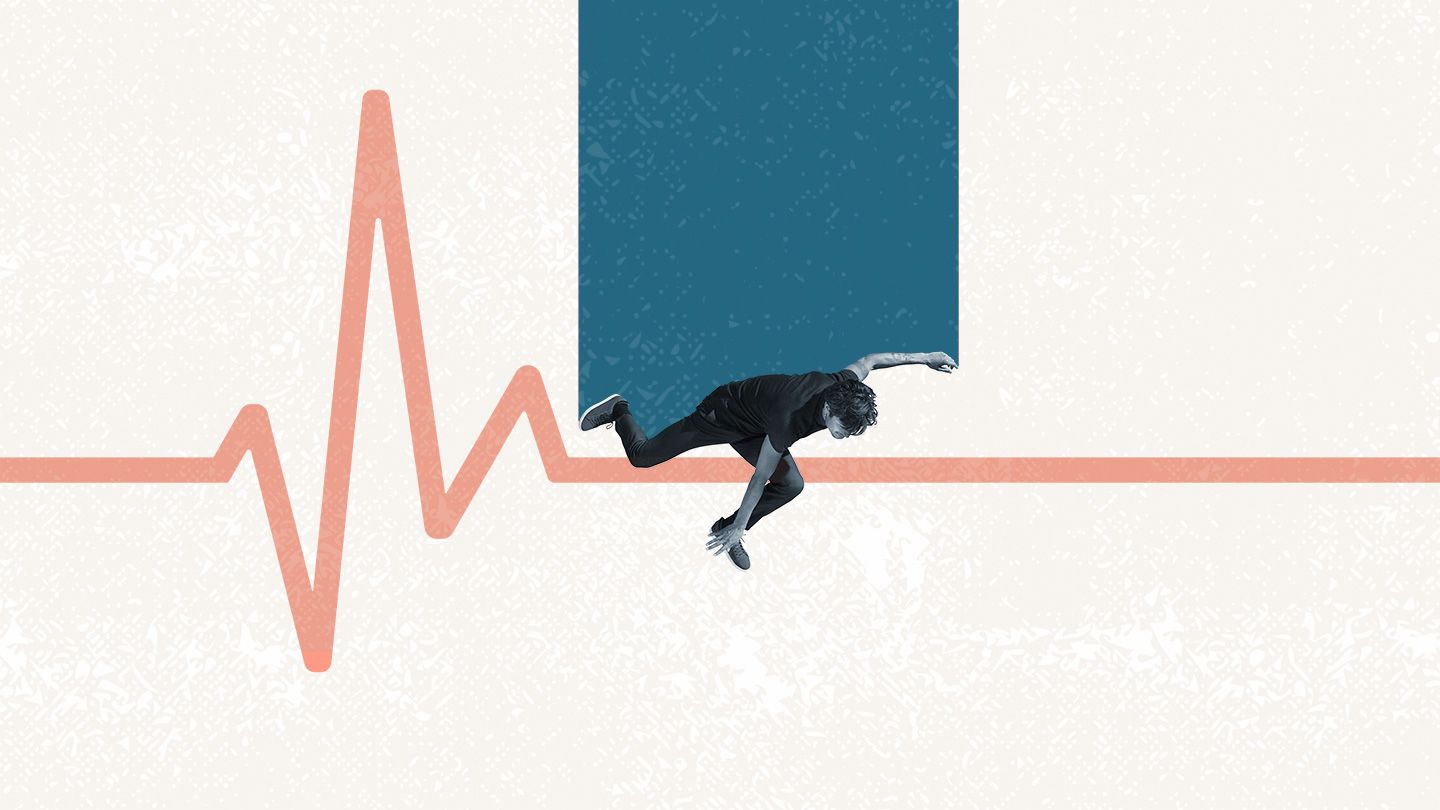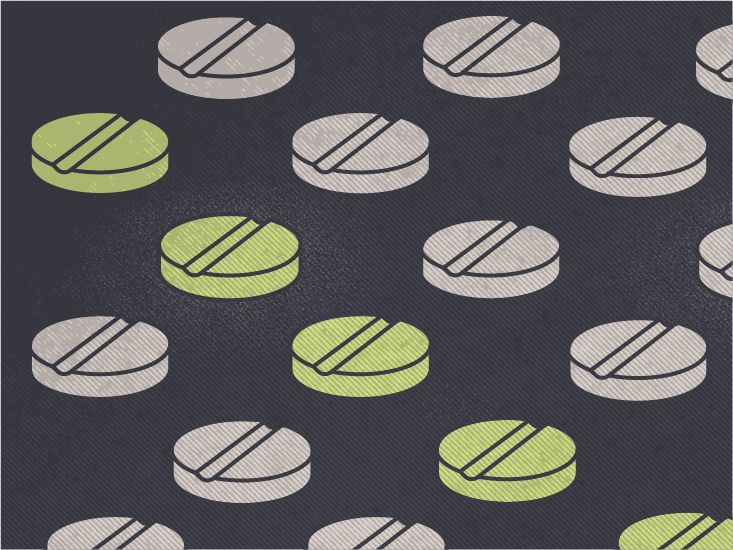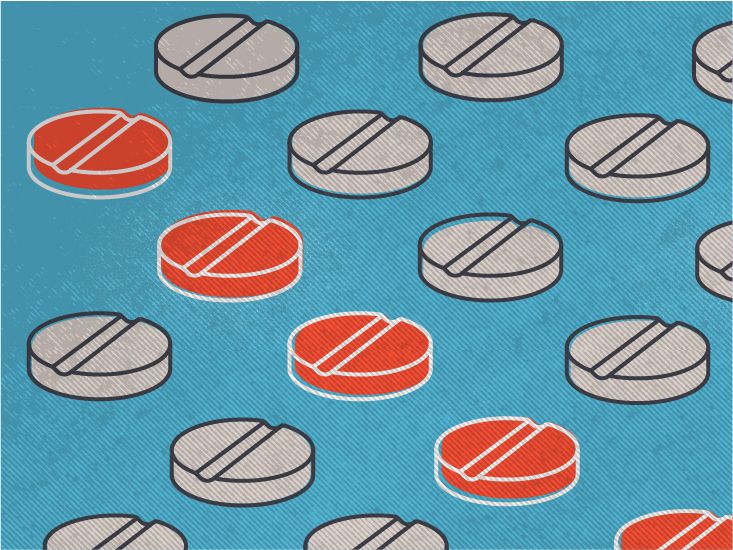Yeah, let's be realchemo nausea isn't just feeling queasy. It's not like that time you ate bad sushi and regretted it by midnight. This is deeper. Heavier. It creeps in before treatment even starts, lingers long after, and sometimes feels like it's running the show.
I get it. You're fighting for your life, and yet, one of the hardest parts isn't the cancerit's the constant churn in your stomach, the dread before every meal, the exhaustion that comes from never feeling settled in your own body.
But here's the good news: you don't have to white-knuckle your way through it.
What if I told you there's a fresher, gentler way to manage chemo-induced nausea relief? One backed by solid science, but without turning you into a sleepy ghost of yourself. We're talking about low-dose olanzapinean unexpected hero in the fight against nausea. And yes, it's every bit as promising as it sounds. But also? The right bite of food at the right moment? A walk outside in the sun? Music that centers you? Those matter, too.
This isn't about knocking your system out with heavy meds. It's about finding balance. Smart relief. Sustainable calm.
So let's dive intogether.
Why It Hurts
First, why does chemo make you so nauseous in the first place? It's not just "a side effect." It's a full-body reaction.
Chemotherapy drugs target fast-growing cellswhich, yes, includes cancer. But it also means the delicate lining of your gut. When those cells get zapped, your digestive system sends panic signals straight to your brain, specifically to a little patch near the brainstem called the "area postrema" (fancy, right?). This area is like your body's nausea command center. And once it gets activated? It doesn't shut off easy.
Plus, your emotions get involved. Ever feel queasy just thinking about your next infusion? That's called "anticipatory nausea," and it's real. Your mind remembers the discomfort, and your body starts bracing for itlike muscle memory, but for misery.
And it's not just physical. Untreated nausea can spiral. You skip meals lose weight get weaker feel discouraged start dreading treatment. One study from the National Cancer Institute found that uncontrolled nausea is a major reason some patients delay or even skip chemo.
No shame in that. But it's also why getting this part of care right isn't optionalit's essential. Because healing isn't just about attacking cancer. It's about protecting your strength, your spirit, your life in the meantime.
Pills That Help
Okay, let's talk meds. Anti-nausea drugsaka antiemeticsare the frontline defense. And the cool thing? They're not just for when you're already sick. They work best when taken before nausea hits, kind of like sunscreen for your stomach.
Most people get a combination of antiemetics, tailored to their chemo type. Think of it like a tag teamdifferent drugs blocking nausea at different points in the body. Some work in the brain, some in the gut. Together? They've got your back.
| Drug Class | Examples | Best For |
|---|---|---|
| 5-HT3 antagonists | Ondansetron (Zofran), Granisetron | Acute nausea post-chemo |
| NK1 antagonists | Aprepitant, Fosaprepitant | Delayed nausea, especially with high-risk regimens |
| Corticosteroids | Dexamethasone | Enhances other antiemetics |
| Dopamine antagonists | Prochlorperazine (Compazine), Promethazine | Breakthrough nausea |
| Atypical antipsychotics | Olanzapine | Refractory or chronic nausea |
And lately, one drug has been turning headsnot for its strength, but for its gentleness: olanzapine.
Now, if you've heard of olanzapine before, you might associate it with higher doses used in psychiatric caresometimes causing drowsiness or weight gain. But here's the twist: at low doses (just 2.5 to 5 mg), it's emerging as a quiet powerhouse for chemo-induced nausea relief.
Why? Because it blocks multiple pathways linked to nauseadopamine, serotonin, histaminewithout flattening you. No "zombie fog," as one patient put it.
Remember Maria, 54, who stopped eating after her first AC chemo round? She barely touched food before her second cycle. Her oncologist suggested low-dose olanzapine. Within days, she started tasting food again. "I actually felt human," she said. "Not high. Not tired. Just okay."
And she's not alone. Clinical trials like the PALOMA and STOP-1 studies found that patients on low-dose olanzapine had significantly better control over both acute and delayed nausea. And importantlyfewer side effects than expected.
That's the "less is more" philosophy in action. Sometimes, the most powerful relief comes not from more medication, but from smarter, lighter dosing.
What Else Works
Medication is huge. But it's not the whole story. Because let's face itnausea isn't just chemical. It's emotional. Sensory. Sometimes, it's triggered by the smell of toast across the room.
So let's talk about real-life hacks. The things you can try at home, today.
Food That Feels Friendly
When you're nauseous, the idea of eating can feel like a war. But your body still needs fuel. The trick? Don't fight hungeroutsmart it.
Try eating small meals every 23 hours. A full stomach can trigger nausea, but an empty one? That's no better. Keep it steady. Think of it like sipping from a cup instead of guzzling from a firehose.
And watch the temperature. Hot food = stronger smell. Stronger smell = trouble. Go for cold or room-temperature options when possible. Think chilled applesauce, yogurt, cottage cheese, or a smoothie.
Oh, and ginger? It's not just a folk remedy. Multiple studies support ginger root for vomiting during chemo. Try ginger tea, candied ginger, or even a ginger chew. (Just check with your care team first if you're on blood thinners.)
Here's a snack list that's saved more than a few rough days:
- Ginger chews or candied ginger
- Saltines or plain toast
- Applesauce, Jell-O, or fruit popsicles
- Smoothies (banana + peanut butter + oat milk = comfort in a cup)
- Lemon drops or pickles (tart foods can reset a tired mouth)
And yes, avoid greasy fries, spicy curry, or anything your nose even thinks about rejecting. Your body's already working overtime. Don't make it work harder.
Quiet Allies
Sometimes, relief doesn't come from a pill. It comes from stillness.
Acupuncture, specifically targeting the P6 point on your wrist, has shown promise in reducing nausea. Even MD Anderson Cancer Center has studied it. Some patients report feeling grounded minutes after the needles go in. Same goes for acupressure bandslike Sea-Bands. Not magic, but worth a try.
Guided imagery or gentle hypnosis can help too, especially with anticipatory nausea. Picture yourself somewhere calm. A beach. A forest. A cozy blanket on the couch. Your mind can be a powerful toolor a relentless critic. Teach it to pause.
And music? Don't underestimate it. Curate a "calm infusion" playlistsoft piano, nature sounds, singer-songwriters who feel like a hug. One study found patients who listened to music during chemo reported lower levels of nausea. It's not just distraction. It's nervous system support.
Just remember: anything you addwhether it's a supplement or a therapytalk to your care team first. We're not throwing darts in the dark. We're building a smart, safe plan. Together.
When to Worry
Nausea is common. But some signs mean it's time to call your teamnow.
If you're:
- Vomiting blood or coffee-ground-like material
- Unable to keep liquids down for more than 24 hours
- Finding dark urine, feeling dizzy, or confused (hints of dehydration)
- Losing weight rapidlylike 2 pounds or more in a day or two
- Unable to swallow your meds
then it's not "just nausea." It's your body asking for help.
If you're caring for someone going through treatment, keep a suction device nearby if vomiting is likely. And always position them on their side if they're sleeping or pass outsafe positioning can prevent aspiration.
Friendly reminder: the Chemotherapy Side Effects Tracker from the American Cancer Society is gold. Print it. Bring it to appointments. Let your care team see what you're really experiencing.
Your Plan, Your Power
Here's the truth: no single antiemetic works for everyone. Your chemo type matters. So does your medical history. Are you prone to nausea? Diabetic? Have liver concerns? All of this shapes your plan.
Doctors often classify chemo regimens by how likely they are to cause nausea"highly emetogenic" or "moderate." If you're on a high-risk drug, your anti-nausea cocktail will be more robust. Maybe even include newer agents like olanzapine from the start.
But it's not set in stone. Your feedback is everything. If Zofran knocks you out, speak up. If the dexamethasone makes you jittery, your team needs to know.
That's why communication isn't just helpfulit's healing. Ask: "Could low-dose olanzapine be right for me?" Or, "Can I see a nutritionist?" Many hospitals have integrative medicine departments ready to support you with diet, acupuncture, or mindfulness.
Need a nudge to start the conversation? Print that side effects worksheet. Show it to your nurse. Say, "This is what my days actually look like." You're not complaining. You're advocating.
And that? That's strength.
You're Not Alone
Chemo-induced nausea relief isn't about enduring. It's about living.
It's knowing you can eat a full meal, taste your coffee, laugh without bracing for a wave of sickness. It's regaining a little dignity, a little joy, on the hardest days.
With the right mixsmart medication like low-dose olanzapine, food you can keep down, and therapies that calm your mindyou can find relief without losing yourself to side effects.
Balance is possible. Relief is possible. Humanity is possibleeven here, even now.
So take it step by step. Track your symptoms. Speak up early. Work with your team. You don't have to prove you're "tough enough." You just have to show up, ask for help, and trust that better days are within reach.
And heynext time you sip ginger tea and make it through the afternoon without nausea? Celebrate that. Because that's not small. That's a win.
Next Step: Print the Chemo Side Effects Tracker and bring it to your next appointment. Small action. Big impact.
FAQs
What is chemo-induced nausea relief?
Chemo-induced nausea relief refers to treatments and strategies that help prevent or reduce nausea caused by chemotherapy, improving comfort and quality of life.
How does low-dose olanzapine help with nausea?
Low-dose olanzapine blocks multiple nausea pathways in the brain and has been shown in clinical trials to effectively control both acute and delayed chemo-induced nausea.
Can food choices really help with chemo nausea?
Yes, eating small, frequent meals with cold or room-temperature, bland foods like ginger, applesauce, or yogurt can help reduce nausea and maintain nutrition.
What non-medication methods ease chemo nausea?
Acupuncture, acupressure bands, guided imagery, music therapy, and mindfulness techniques can help calm the nervous system and reduce nausea naturally.
When should I seek help for chemo-related nausea?
Seek immediate help if you're vomiting blood, can't keep liquids down for over 24 hours, show signs of dehydration, or lose weight rapidly in a short time.
Disclaimer: This article is for informational purposes only and does not constitute medical advice. Always consult with a healthcare professional before starting any new treatment regimen.
Related Coverage
When you feel sick to your stomach, use creative euphemisms like “tossing cookies” or “driving the porcelain bus” instead of saying “throwing up.” More polite and funny synonyms for vomiting....
Do you feel nauseated at night as a female? Discover common causes like hormones, acid reflux, stress, food sensitivities. Get tips to prevent and treat nausea....
Nausea involves feeling like you may vomit. Pregnancy, infections, medications, digestive issues and motion sickness are common causes. Treatments include medications, lifestyle changes and addressing underlying conditions....
Nausea is a common side effect of fasting. Drink water, use acupressure, take supplements like ginger, and relax to ease symptoms. See a doctor if nausea is severe....
Nighttime nausea has many potential causes including GERD, pregnancy, migraines, gastroparesis, anxiety, and medication side effects. Tips to relieve and prevent nausea....
Learn about ondansetron side effects, how to manage them, and what to expect during treatment for nausea and vomiting....
Find out the correct ondansetron dosage for adults and kids, timing, forms, and safety tips to relieve nausea quickly and safely....
Today's porn saturation has normalized monotonous, male-centric sex routines. Women report predictability and laziness leaving them turned off and nauseated....
Explore the potential causes of tea-induced nausea, such as caffeine, tannins, and acidity, and discover effective strategies to prevent and alleviate this discomfort....
Queasiness describes an unsettled stomach sensation related to early nausea without necessarily vomiting. Causes include medication, motion sickness, stress, food triggers....







